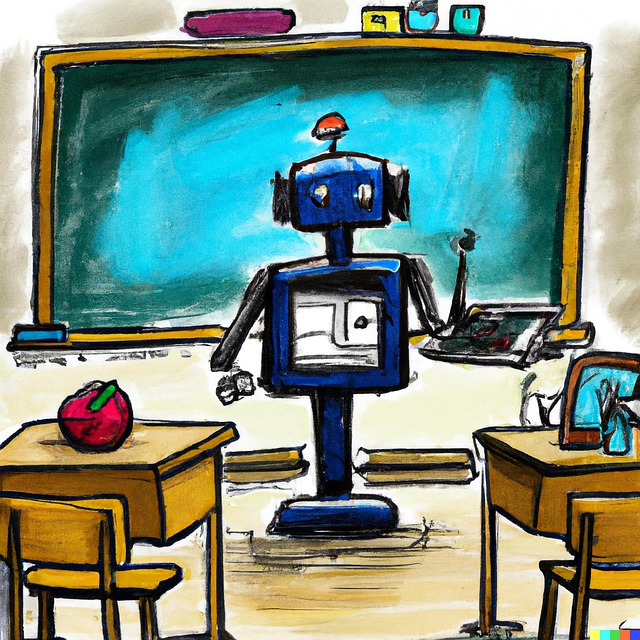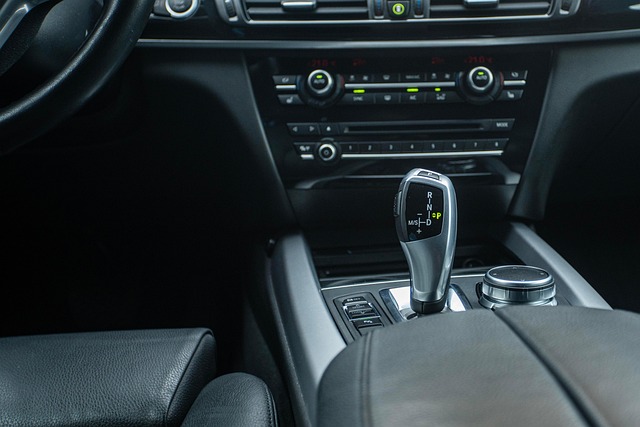# Unlocking the Future: How AI Technology is Transforming Industries and Redefining Human Potential
Artificial Intelligence (AI) has emerged as a transformative force across various sectors, with the automotive industry being one of the most significantly impacted. As we delve into how AI is reshaping this industry, we’ll explore key areas such as smart manufacturing, predictive maintenance, autonomous vehicles, supply chain optimization, and intelligent user experiences. Companies like Tesla, BMW, and Toyota are at the forefront of these innovations, showcasing how AI is not just enhancing vehicle performance but also redefining human potential in the automotive space.
## Smart Manufacturing: The Backbone of Innovation
AI technology in automotive manufacturing is revolutionizing production processes. Smart manufacturing involves the use of AI to enhance efficiency, reduce waste, and improve product quality.
– **Predictive Analytics**: AI algorithms analyze data from machinery to predict failures before they occur, allowing for timely maintenance and minimizing downtime.
– **Robotics and Automation**: AI-driven robots are increasingly used on assembly lines to perform tasks with precision and speed. For instance, Tesla’s Gigafactory employs advanced robotics to streamline the production of electric vehicles, ensuring high-quality output while reducing human error.
### Real-World Example: Tesla
Tesla’s approach to smart manufacturing exemplifies how AI is integrated into production. The company utilizes AI-powered systems to manage its supply chain and production lines, enabling rapid scaling of electric vehicle production to meet growing demand.
## Predictive Maintenance in Vehicles: A Game Changer
Predictive maintenance in vehicles leverages AI to monitor the health of automotive components, leading to significant safety and efficiency improvements.
– **Data-Driven Insights**: By collecting data from various sensors in vehicles, AI can forecast potential failures and recommend maintenance before issues become critical.
– **Cost Efficiency**: This proactive approach not only enhances vehicle reliability but also reduces repair costs for consumers.
### Real-World Example: BMW
BMW has integrated predictive maintenance features into its vehicles. Through the use of AI, the company analyzes data from its cars to predict when a part may fail, notifying drivers to schedule maintenance proactively. This not only enhances the driving experience but also builds customer loyalty by ensuring vehicle reliability.
## Autonomous Driving Innovations: The Future of Mobility
AI is the heart of autonomous driving innovations, enabling vehicles to navigate complex environments without human intervention.
– **Machine Learning and Computer Vision**: AI systems use machine learning algorithms and computer vision to interpret real-time data from cameras and sensors, allowing cars to make informed driving decisions.
– **Safety Enhancements**: Autonomous vehicles equipped with AI can react faster than human drivers, potentially reducing accidents caused by human error.
### Real-World Example: Toyota
Toyota is making significant strides in autonomous driving through its Toyota Research Institute (TRI). The company is developing AI technologies that enhance vehicle safety and navigation. Their focus on Level 4 autonomy aims to create vehicles capable of fully autonomous driving in specific conditions, paving the way for a future where self-driving cars become commonplace.
## Supply Chain Optimization: Streamlining Operations
AI technology is also revolutionizing supply chain management in the automotive industry, helping companies optimize their operations.
– **Demand Forecasting**: AI algorithms analyze market trends and consumer behavior to predict demand accurately, allowing manufacturers to adjust production schedules accordingly.
– **Inventory Management**: AI systems help manage inventory levels by predicting shortages and overstock situations, leading to cost savings and improved efficiency.
### Real-World Example: Toyota
Toyota has leveraged AI for supply chain optimization by implementing a just-in-time (JIT) manufacturing system. This approach minimizes inventory levels and reduces waste, ensuring that parts arrive exactly when needed in the production process.
## Intelligent User Experiences: Enhancing Driver Interaction
AI is not just about manufacturing and maintenance; it’s also about enhancing the user experience for drivers.
– **Personalized Features**: AI technology allows vehicles to learn from driver behavior, offering personalized settings for climate control, navigation, and entertainment.
– **Voice Recognition**: Smart car technology includes advanced voice recognition systems that enable drivers to interact with their vehicles hands-free, enhancing safety and convenience.
### Real-World Example: Tesla
Tesla’s in-car AI system offers a user-friendly interface that learns from driver preferences. The vehicle can adjust settings based on the driver’s habits, creating a more personalized and enjoyable driving experience.
## Conclusion: The Road Ahead
The integration of AI technology in the automotive industry is not just a trend; it is a fundamental shift that is redefining how vehicles are manufactured, maintained, and experienced. As companies like Tesla, BMW, and Toyota continue to innovate, we can expect further advancements in smart manufacturing, predictive maintenance, autonomous driving, supply chain optimization, and user experiences.
### Future Trends to Watch
– **Increased Autonomy**: As AI technology advances, we can anticipate a rise in fully autonomous vehicles, transforming urban mobility and reducing traffic accidents.
– **Sustainability**: AI will play a crucial role in making automotive manufacturing more sustainable, with innovations aimed at reducing carbon footprints and improving energy efficiency.
– **Enhanced Connectivity**: The future of vehicles will likely see even greater connectivity, with AI enabling seamless communication between vehicles, infrastructure, and users.
In conclusion, AI in the automotive industry is unlocking new potentials and redefining the relationship between humans and technology. As we embrace these innovations, the future of mobility looks promising and filled with possibilities.











